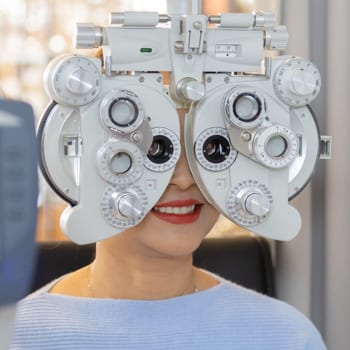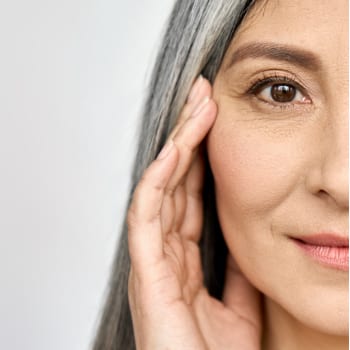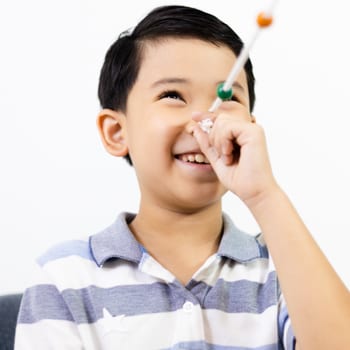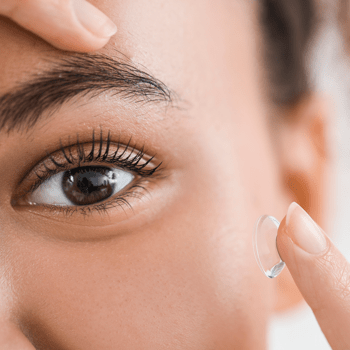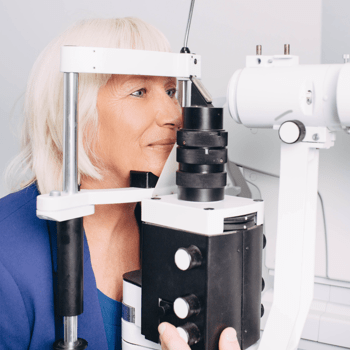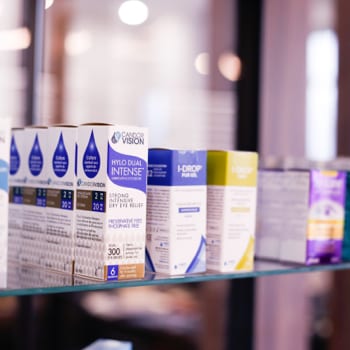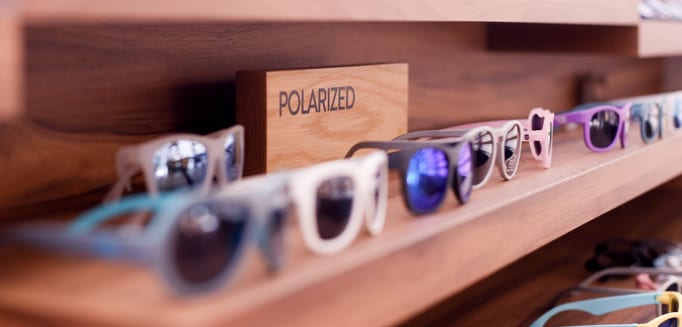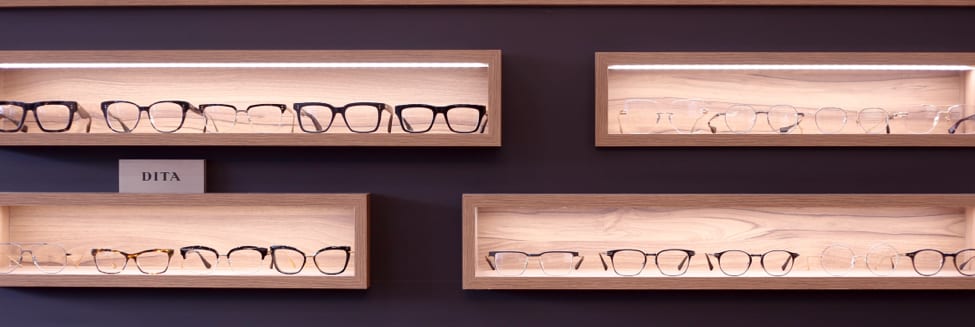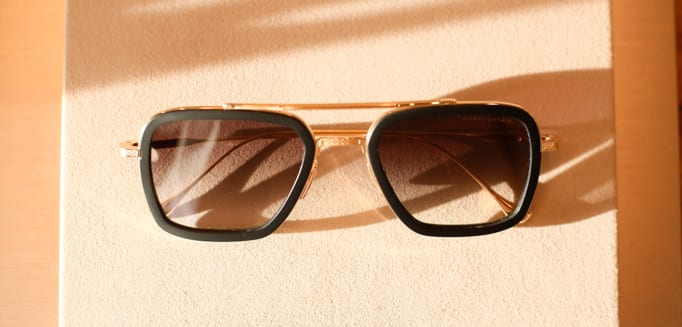Did you know that dry eye disease can impact both your short-term and long-term vision? It’s estimated that about 30% of Canadians suffer from symptoms related to dry eye. Dry eye symptoms can be simply annoying, or they can lead to secondary eye infections.
There are numerous treatments available to control dry eye symptoms but not all treatments are effective for everyone. You may need to try several treatments before finding one that works for you.
Before we take a look at how dry eye disease can affect your vision, let’s talk about what it is.
Dry Eye Disease
One in every five people suffers from dry eye disease. Dry eyes can occur when tears are insufficiently produced or evaporate too quickly. One or both eyes can be affected.
More severe cases may require prescription medication, whereas milder cases may benefit from over-the-counter treatments. Surgery may be required in rare cases to address specific dry eye causes.
There are two types of dry eye disease that can affect you individually or simultaneously.
Aqueous Deficiency
Aqueous deficiency occurs when the lacrimal glands produce less aqueous output. It’s responsible for only one-tenth of dry eye disease. The aqueous deficit can be further classified as cases either related or unrelated to Sjögren’s syndrome.
Evaporative Dry Eye
Evaporative dry eye is caused by a deficient tear film lipid layer, which accelerates tear evaporation. Meibomian gland dysfunction is present in most dry eye cases.
Blepharitis, or inflammation of the lid margin, is both a cause and an effect of meibomian gland dysfunction. Dry eye disease is frequently associated with blepharitis because it is believed that a lack of tears impairs one’s ability to fight infection.
There could be several causes of either type of dry eye, including:
- Gender. Females are twice as likely than men to develop dry eye disease
- Age. Once you are over 50, your body has to work harder to produce tears as you get older
- Using contact lenses
- Diet. Lack of vitamin A (found in foods such as carrots, broccoli, and liver) or omega-3 fatty acids (found in fish, walnuts, and vegetable oils)
- Windy, smoky, or dry conditions. Time spent in these environments can cause your tears to dry up faster, resulting in dry eyes
- Screen time. We blink less when looking at devices, meaning our eyes aren’t being moisturized enough
- Medications. Some medications that treat conditions such as colds and allergies, depression, and high blood pressure can cause dry eyes
- Health issues. Dry eyes can be caused by a variety of medical conditions, including diabetes, thyroid issues, and autoimmune disorders such as lupus or Sjögren syndrome
7 Ways Dry Eye Can Affect Your Vision
Now that we’ve looked at what can cause dry eye disease, it’s important to learn how it can affect your vision. If left untreated dry eye disease can have a detrimental impact on your short-term and long-term eye health.
Here are 7 ways that dry eye disease can affect your vision:
- Sensitivity to light
- Mild vision loss, blurry Vision
- Stinging or burning sensation
- Higher risk of infection
- Damage to your cornea
- Blindness
- Decreased quality of life
Sensitivity To Light
Dry eye affects the cornea, the clear, outer layer of your eyes. This protective layer is the first point of contact for light, and if it isn’t properly lubricated with tears, exposure to any light can be extremely painful.
Higher Risk of Infection
Your tears guard the surface of your eyes against infection. Because of this, you’re more likely to get an eye infection if you don’t have enough tears.
Corneal Damage
Severe dry eyes, if left untreated, can cause eye inflammation, corneal abrasion, corneal ulcers, and vision loss.
Blindness
Severe or untreated dry eye can result in permanent vision loss, including blindness, due to the damage sustained to the cornea from extreme dry eye disease.
Decreased Quality of Life
Dry eye disease makes everyday tasks difficult to do. Even something as simple as reading can become strenuous and painful.
Preventing Dry Eye Disease
Fortunately, there are ways you can ensure that you’re not drying out your eyes and putting your vision at risk. It is up to you to take the initiative and combat the symptoms of dry eye disease.
Make an effort to blink more frequently. Allow your eyes to rest regularly. Dim the lights around you while adjusting the contrast and brightness of your device screens.
If you still have dry eyes after making these lifestyle changes, consider other in-office and at-home therapies available at Foresee Eyecare such as:
- MiBo thermoflo
- Omega-3 fatty acids
- Bruder moist heat eye compress
- Intense pulsed light (IPL)
- Radiofrequency treatment
- ZEST eyelid debridement
When to Call Your Eye Doctor
It’s important to consult an eye doctor if self-treatment doesn’t appear to be working and your symptoms are worsening. We would love to discuss using the methods at Foresee Eyecare listed above to find the best option for you. Book your appointment today.


